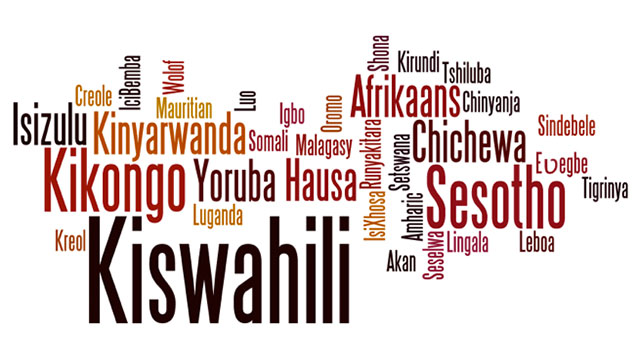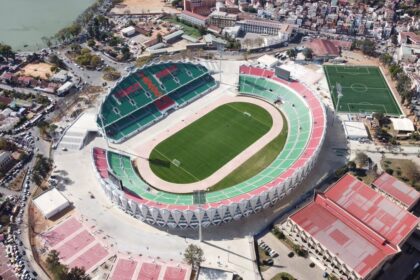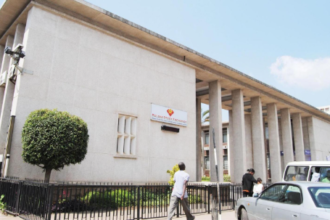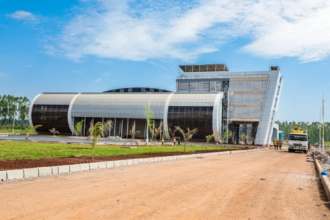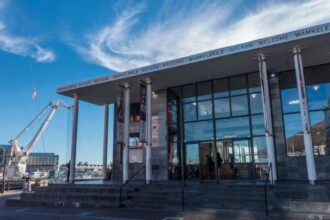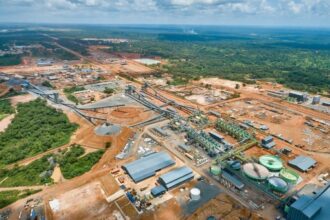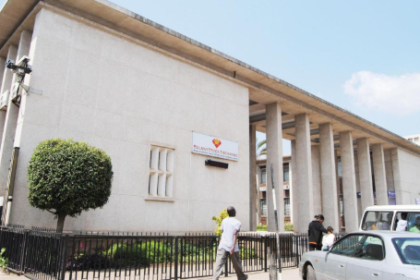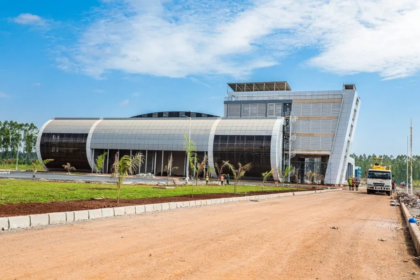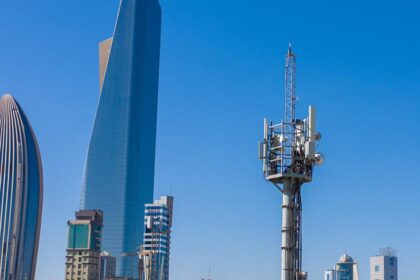At a Glance
- Discover Africa’s most spoken languages, uniting millions across diverse cultures and regions.
- Nigerian Pidgin, Swahili, and Hausa drive vibrant communication across West and East Africa.
- Languages preserve African heritage, oral traditions, and strengthen cultural identity continent-wide.
Africa is a continent of extraordinary linguistic richness, home to over 2,000 languages spoken across 55 nations. This vast tapestry of tongues reflects the cultural depth, history, and resilience of its people.
From the coastal trade routes of Swahili to the sprawling savannas where Hausa bridges communities, each language weaves a unique story of identity and belonging.
The most spoken African languages transcend borders, uniting millions across diverse landscapes—from the bustling cities of Nigeria and Ethiopia to rural heartlands in Madagascar and South Africa.
They are more than tools for communication; they are vessels carrying ancestral knowledge, oral traditions, and collective memory.
In an era of globalization, African languages are gaining renewed international attention, celebrated in music, literature, and digital platforms. Their influence stretches far beyond the continent, enriching global culture and dialogue.
Shore Africa explores the top 15 most spoken African languages, highlighting their significance, widespread reach, and enduring cultural importance.
1. Arabic
Speakers estimate: over 150 million
Region: North Africa (Egypt, Algeria, Sudan, Morocco, Tunisia, etc.)
Brief details: Arabic is the most widely spoken language in Africa, serving as the official or national language in several North African countries. It’s used in government, education, media, and religion, particularly Islam. The dialects vary by country, but Modern Standard Arabic unifies formal communication. Arabic’s spread across Africa began with Islamic conquests and trade.
2. Nigerian Pidgin
Speakers estimate: over 120 million (as a first and second language)
Region: Nigeria and parts of West Africa
Brief details: Nigerian Pidgin, often called Naija or simply Pidgin, is an English-based creole widely used as a lingua franca across Nigeria. It developed through centuries of contact between English, local languages, and Portuguese influences from early traders. Though it has no official status, Pidgin is the most widely understood language in Nigeria, spoken across ethnic, regional, and educational lines. It’s a vibrant medium for pop culture, music, radio, and social media, and plays a crucial role in informal communication and entertainment. Pidgin varies by region but retains a core vocabulary based on English with simplified grammar and heavy borrowing from languages like Yoruba, Igbo, Hausa, Edo, and Ijaw.
3. Swahili
Speakers estimate: 100–150 million
Region: East and Central Africa (Kenya, Tanzania, Uganda, DRC, etc.)
Brief details: Swahili, or Kiswahili, is a Bantu language with significant Arabic influence due to centuries of trade. It’s the lingua franca of East Africa and one of the African Union’s working languages. Swahili is spoken natively along the coast but widely learned as a second language inland. It’s essential in regional integration and education.
4. Hausa
Speakers estimate: 80–100 million
Region: West Africa (Nigeria, Niger, Ghana, Chad, etc.)
Brief details: Hausa is the most spoken indigenous language in West Africa, serving as a major trade and media language across the Sahel. It’s part of the Chadic language family and has a long tradition of Islamic scholarship. Hausa is used in radio broadcasting and commerce, and has a rich literary heritage written in Ajami and Latin scripts.
5. Amharic
Speakers estimate: over 50 million
Region: Ethiopia
Brief details: Amharic is Ethiopia’s official working language and belongs to the Semitic language family. It’s used in government, media, and education, with a unique script called Ge’ez or Fidel. Amharic has a rich literary tradition and is central to Ethiopian identity and administration. It is also spoken in diaspora communities around the world.
6. Yoruba
Speakers estimate: over 45 million
Region: Nigeria, Benin, Togo
Brief details: Yoruba is a widely spoken Niger-Congo language and one of Nigeria’s main tongues. It has a deep cultural heritage expressed through rich proverbs, music, and literature. Yoruba is taught in schools, used in media, and spoken by vibrant diaspora communities. It plays a key role in religion, especially in traditional and Afro-Brazilian faiths.
7. Oromo
Speakers estimate: over 40 million
Region: Ethiopia, Kenya
Brief details: Oromo, also called Afaan Oromoo, is Ethiopia’s largest native language. Part of the Cushitic branch, it is spoken by the Oromo people and used in education and regional administration. Oromo was historically marginalized but has gained prominence since Ethiopia’s federal restructuring. The language has a growing body of literature and media presence.
8. Igbo
Speakers estimate: over 40 million
Region: Nigeria
Brief details: Igbo is a major language of southeastern Nigeria and belongs to the Niger-Congo family. It’s known for its rich oral traditions, proverbs, and vibrant culture. Igbo is taught in schools and broadcast on radio and TV. Despite past suppression, it remains a vital marker of identity and is spoken in many diaspora communities.
9. Fulani (Fula/Fulfulde)
Speakers estimate: 35–40 million
Region: West and Central Africa (Nigeria, Mali, Guinea, Cameroon)
Brief details: Fulani, also known as Fula or Fulfulde, is spoken by the Fulani people across the Sahel and West Africa. It’s a key pastoralist language used in interethnic communication. Fulani has numerous dialects and serves as a trade language in many regions. Oral poetry, storytelling, and Islamic scholarship are integral to its tradition.
10. Berber (Tamazight)
Speakers estimate: 30–40 million
Region: North Africa (Morocco, Algeria, Libya)
Brief details: Berber, or Tamazight, encompasses a group of related languages indigenous to North Africa. It has ancient roots predating Arabic influence. Berber is spoken across the Maghreb and recognized officially in Morocco and Algeria. The Tifinagh script has been revived, and the language holds cultural importance for Amazigh identity and heritage preservation.
11. Malagasy
Speakers estimate: 25 million
Region: Madagascar
Brief details: Malagasy is the national language of Madagascar and belongs to the Austronesian family, making it unique in Africa. It has Bantu and Arabic influences due to trade history. Malagasy is used in schools, media, and daily life. It unites diverse ethnic groups on the island and preserves a rich oral storytelling tradition.
12. Shona
Speakers estimate: 14–15 million
Region: Zimbabwe, Mozambique
Brief details: Shona is Zimbabwe’s most spoken language and belongs to the Bantu family. It is used in education, media, and daily communication. Shona has a rich oral and written tradition, including proverbs, folktales, and songs. The language is central to Zimbabwean identity and is taught in schools alongside English as a national language.
13. Zulu
Speakers estimate: 12–13 million
Region: South Africa
Brief details: Zulu, or isiZulu, is the most spoken home language in South Africa. It belongs to the Nguni group of Bantu languages. Zulu is known for its rich oral traditions, praise poetry, and vibrant cultural expressions. It is widely taught and used in media, and holds official status as one of South Africa’s eleven national languages.
14. Kinyarwanda
Speakers estimate: 12 million
Region: Rwanda, DRC, Uganda
Brief details: Kinyarwanda is the national language of Rwanda and is spoken across neighboring regions. It belongs to the Bantu family and serves as a unifying language for Rwandans. Kinyarwanda is used in education, media, and administration. It is closely related to Kirundi of Burundi and holds a strong cultural significance.
15. Xhosa
Speakers estimate: 8–10 million
Region: South Africa
Brief details: Xhosa, or isiXhosa, is spoken mainly in the Eastern Cape. Famous for its click consonants, it belongs to the Nguni language family. Xhosa has a strong literary tradition, including works by Nelson Mandela and other leaders. It is taught in schools, used in broadcasting, and is an official language of South Africa.

